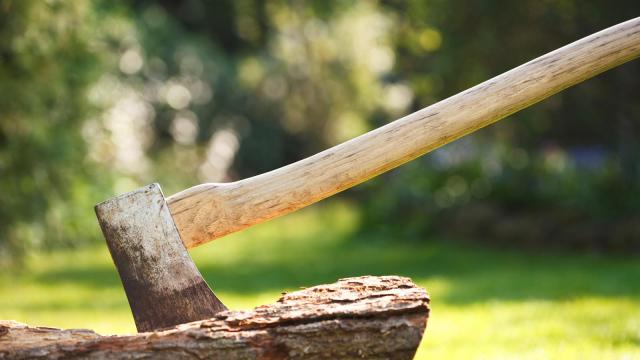The forest isn’t just going to lay down and stack itself into timber piles because you asked nicely. You’ll need to fell, chop and hew it into submission. Here are the tools to do it.
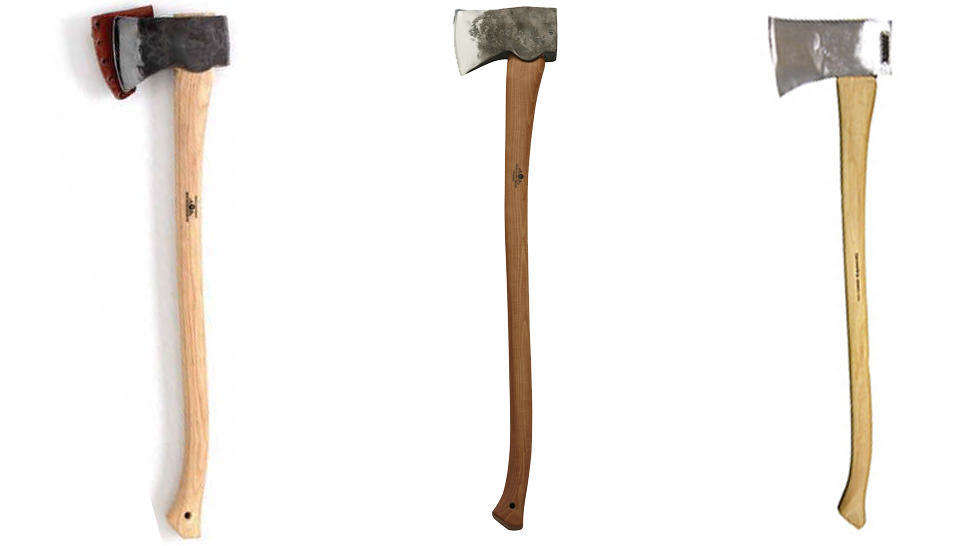
Felling Axes
First things first, if you want to knock down trees, you’re going to need a felling axe. These are designed with an extremely sharp, thin blade (or “bit”) and slowly tapered head in order to cut across the wood grain as deeply as possible with every stroke. To that end, felling axes tend to have mid-weight heads — about 1kg to 2kg — and have a 700mm to 900mm handle. This makes them ideal for creating stumps and lopping off the limbs of downed trees. There are many variations to the basic felling axe design, often bearing the name of the region it was developed such as Michigan or Dayton axes.

Hudson Bay Axes
Fitted with a smaller head and handle than a felling axe, the one-handed Hudson Bay is what’s known as a 3/4 axe. Developed in the 17th century by French fur traders working the Hudson Bay trade routes, its 1kg head and 550mm to 700mm handle make it perfect for trimming limbs and small chopping jobs. You won’t take down a Sequoia with it, but a Hudson Bay will quickly turn a pile of medium-size logs into kindling.
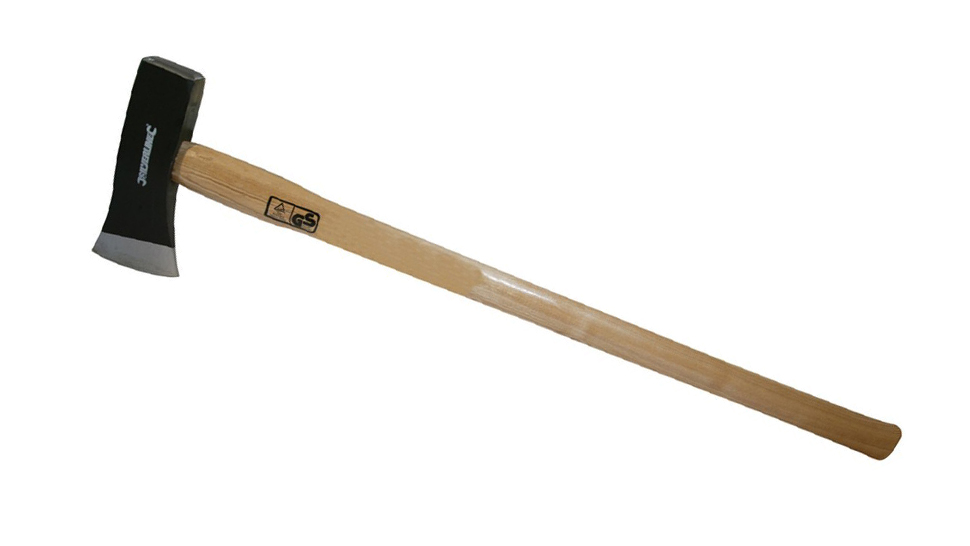
Splitting Mauls
Rather than cut deeply across the grain as a felling axe does, a splitting maul utilises a heavy wedge-shaped head designed to rend logs along the grain. These axes typically feature a 2.7kg to 3.6kg head, which delivers a more forceful strike without becoming stuck in the wood, and a nearly straight handle, which allows the user to lever the maul deeper into the split after the initial strike. Mauls also have a broad butt (the rear face of the head) that can be used to hammer a second splitter through the log.
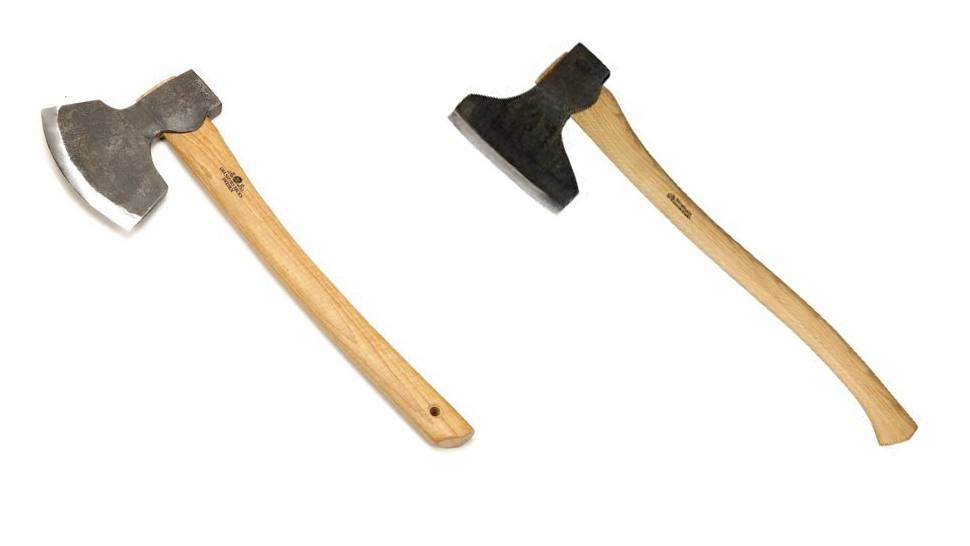
Broadaxes
Broadaxes, named for their large bits and long beards (the lower part of the bit that hangs down below the rest of the head), have long been used in traditional woodworking for hewing logs into beams. The bits of these axes are bevelled on either a single side, giving it the appearance of a chisel, or on both sides, which creates a scalloped cut. This allows the user to precisely cut away the rounded edges of a log while creating a relatively flat face. The only drawback is that these axes can only be used as dedicated left-handed or right-handed tools dictated by the side of the bevel.
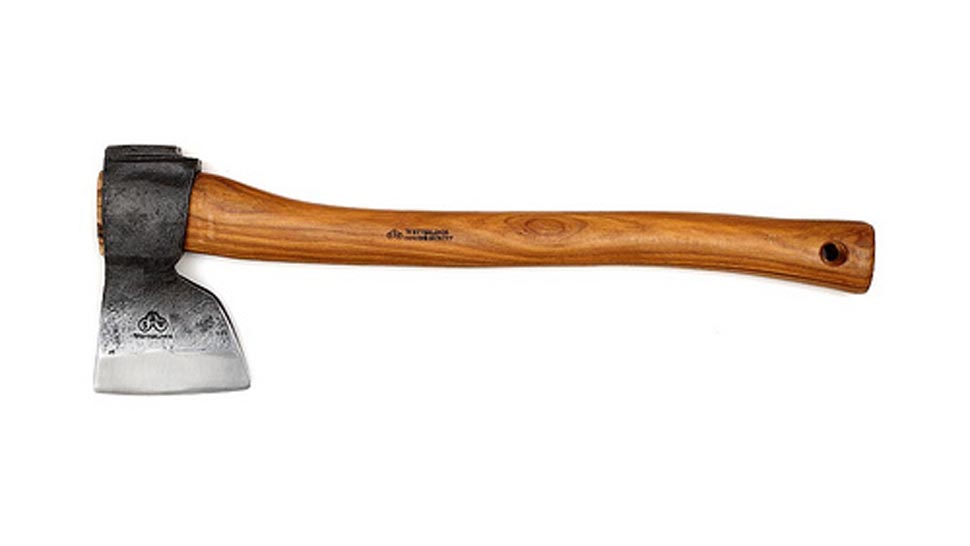
Carpenter’s Axes
For more delicate woodworking, a carpenter’s axe is essential. These single-handed axes are slightly larger than hatchet, with a 700g head and 250mm to 360mm handle. These axes typically have long beards that allows the user to choke up on the handle for more control.
Top picture: Paul Maguire/Shutterstock
